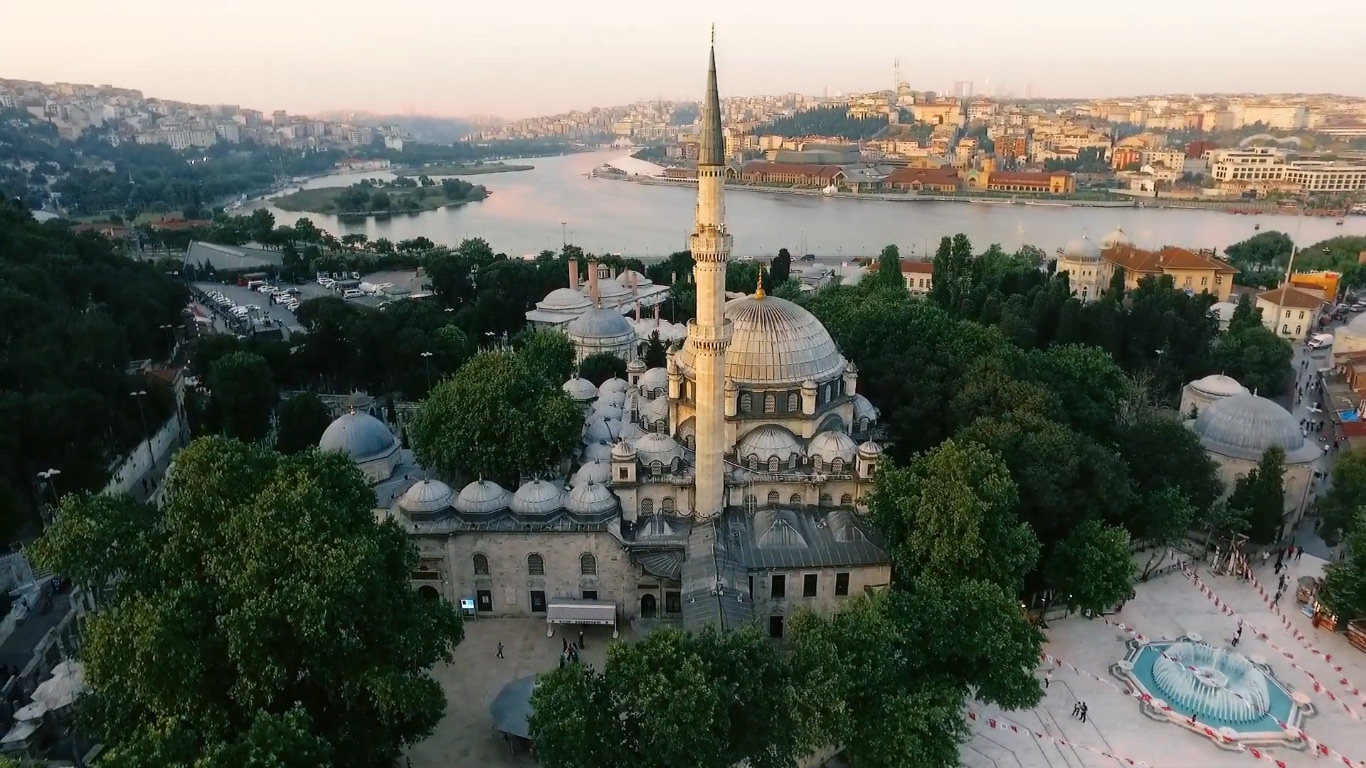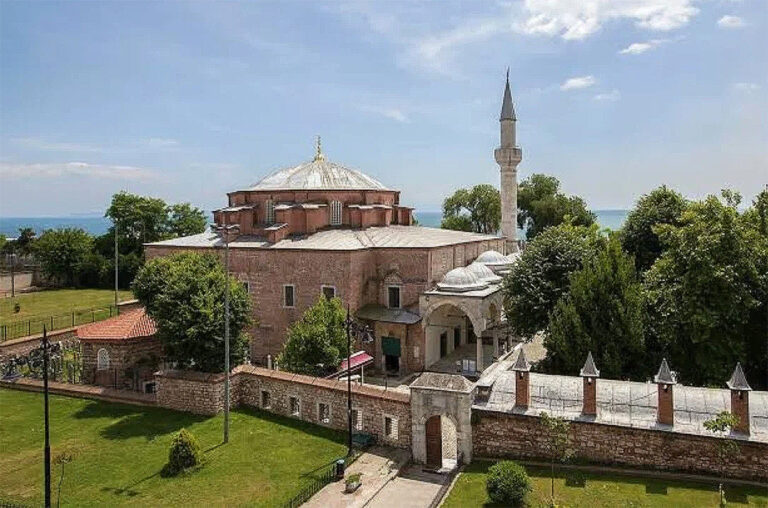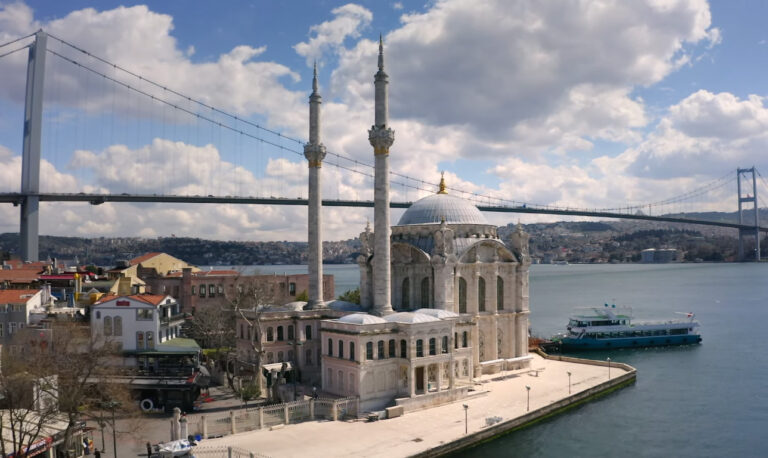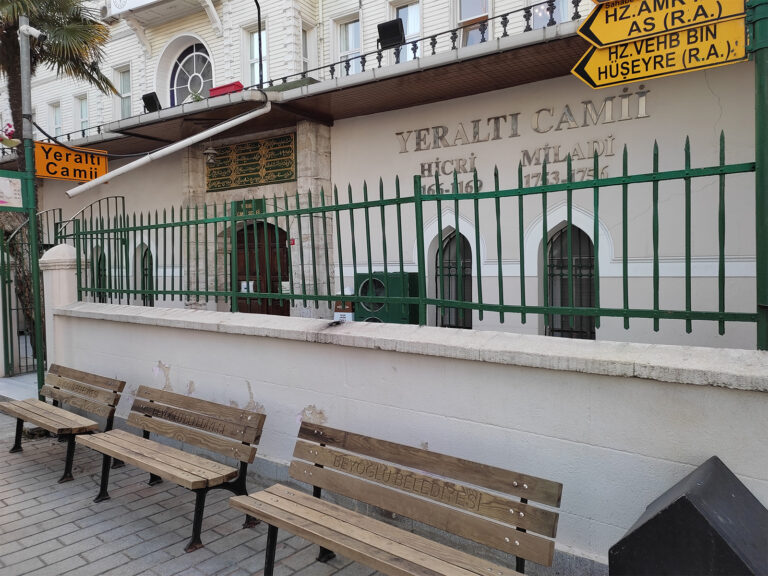Eyüpsultan Mosque
Eyüp Sultan Complex in Istanbul, built around the tomb of Abu Ayyub al-Ansari (Ebû Eyyûb el-Ensârî), is a historically significant ensemble commissioned by Sultan Mehmed the Conqueror shortly after the conquest of Istanbul. It includes the Eyüp Sultan Mosque, a medrese (religious school), an aşhane-imaret (public kitchen and hostel), a bathhouse, and a tomb. The complex’s extensive waqf (endowment) properties spanned a wide geographical area, including various neighborhoods in Istanbul and numerous villages in both Rumeli (the Balkans) and Anatolia.

Mosque: According to Evliya Çelebi, the mosque was built on flat land near the sea and featured a single dome with a semi-dome on the mihrab side. The mosque had no columns inside, with the main dome supported by robust arches. The mihrab and minbar (pulpit) were modest, and the mosque featured two minarets. Hüseyin Ayvansarâyî states that the mosque was constructed in 1458-59, indicated by an inscription above the main entrance. The mosque underwent numerous renovations and restorations over the centuries, reflecting the architectural tastes of different periods.

Tomb: The tomb of Abu Ayyub al-Ansari, for whom the complex is named, was built before the mosque. After the mosque’s reconstruction in the late 18th century, the tomb remained outside the mosque’s courtyard but connected via a special door. The tomb’s architecture, typical of classical Ottoman style, is octagonal with a domed roof.
Medrese: Originally, the complex included a medrese with a series of cells for students and teachers. However, these structures were removed during various renovations.
Sebil: A water fountain (sebil) in the courtyard, attributed to Kızlarağası Mustafa Ağa according to İzzet Kumbaracılar, or possibly commissioned by Sultan Ahmed I in 1613, showcases classical Ottoman architectural features.
Aşhane-Imaret: The public kitchen and hostel, once a part of the complex, have been demolished, and their site incorporated into the courtyard.
Hamam: The bathhouse near the mosque, considered part of the complex, displays a traditional Ottoman architectural style. It has undergone significant modifications, and its original design is not fully known.
Renovations and Historical Significance: The complex underwent several renovations, particularly after the 1766 earthquake and during the reign of Sultan Selim III in the late 18th and early 19th centuries. The renovations reflected contemporary architectural styles while preserving some elements of the original design. The mosque’s reconstruction by Sultan Selim III in 1798-1800 marked a significant architectural change, employing a style blending classical Ottoman and baroque elements.
Eyüp Sultan Complex, a center of religious and social life throughout Ottoman history, remains a significant historical and spiritual site in Istanbul. Its mosque, in particular, stands as a testament to the evolving architectural styles of different periods in Ottoman history.





